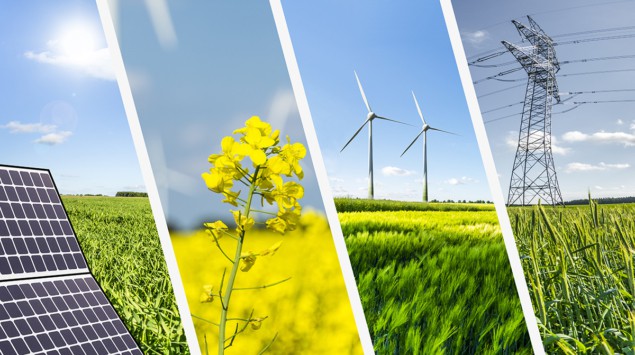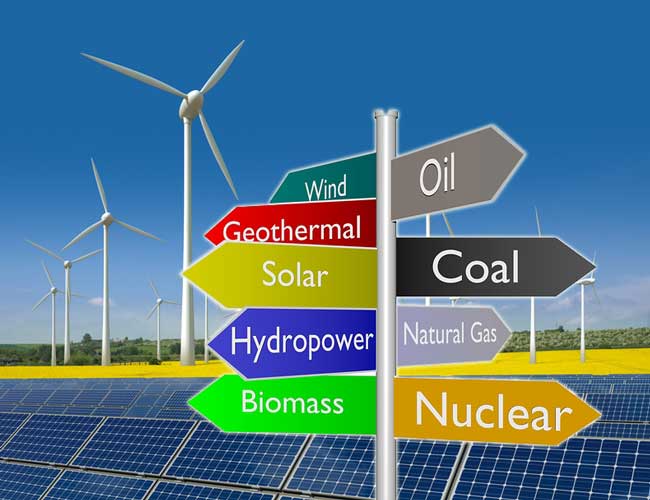The death of most business is indifference.
Companies fail because no one cares: not users, not employees, not investors, and certainly not the media. It’s death by a thousand shrugs.
Why did the number 2 IT training company - New Horizons in Australia die last week - after 20 years of being the best franchiseeof the USA New Horizons Franchise? Why has the DDLS shareholders shareprice dived from 50c to 12c in the last 3 years since they purchased DDLS for $4.9m after it was previously sold for over $11m a few years before?
My view is what they are doing is stale, old and not focussed on their customers and certainly not focussed on their stakeholders.
When you have Product Zietsgeist , the product resonates with users not because it’s better, but because it feels extremely culturally relevant at that particular moment in time for a particular group of people.
Users want it to win. Maybe because they hate the competitor with the “established ” product.
Maybe it’s because the NextTech product appeals to a particular value or aspiration.
Regardless of what drives your business - it’s an unfair advantage that can separate winners from the also-rans.
Product Zeitgeist Fit (PZF) we Call it the NextTech Fit (NXT) is when a product or service resonate with the mood of the times.
What makes
- users and employees want you to win
- investors want to invest
- media and trend watchers want to write about you and
- big companies want to but from you ?
What makes some things work, and others just don’t.
It helps explain why something that seems really weird and awkward, like letting a total stranger sleep in your house, can become a global phenomenon like Airbnb , and why something that seems really clever, like a private social network, just don’t… yet.
And it can help explain why a concept like online pet food delivery can blow up in a bad way in one era, then blow up in a really good way 15 years later.
When you’re riding the nexttech revolution, you’re able to activate the energy from the four players that can change the trajectory of your company:
- Advocates
- Engaged Employees
- Investor Base
- The tight media media
When these four groups care about what you’re doing, impossible things suddenly become possible. It gives you the momentum to get started.
How do you get first users and first capital
What’s the secret?
The fact is that people need a different motivation to try something new, something that connects with them emotionally rather than functionally.
And let me tell you - know one cares how much you know until they know how much you care.
So here are a few PZF examples that have grown by being in the right time at the right place.
Crypto
The financial crash in 2009 caused much anger and lack of trust Against the banks was palpable.
As the decade went on, there was growing momentum to do something about those large platforms and companies that adversely affect our experiences and societies.
It gave crypto the energy, excitement, and funding to get the flywheel spinning. There have been a lot of attempts at internet money before, but it was only in 2009 (when the Bitcoin whitepaper was published) that we really found that spark.
In the comments section of Bitcoins first code (above) Satoshi embedded a message about the financial bailouts. Though a precise motivation is unknown, the ethos around mismanagement of the traditional financial system fueled a lot of the enthusiasm around crypto in the early years.
But here’s the thing about crypto - it’s still not that easy to use. Despite that, people are still using it, building on it, investing in it, and writing about it, allowing it to hold product zeitgeist or an NXT fit as it moves toward product market fit.
Clean meat
The revolution against climate change and the moral and ethical issues of industrial farming has boosted the idea of a veggie burger.
The timing of the NextTech revolution is right
But has anybody actually tried one of these burgers? Some are okay; some are (subjectively) disgusting; and there are open questions about the health benefits of them.
Despite that, people are still lining up to buy them, talented scientists are still working on it, investors are still funding it, and big companies are still trying to partner with them. It’s not better than meat—yet—but it’s got a great chance to get there thanks to NXT product - https://bsivc.blogspot.com/2019/11/meat-free-meat-raises-35m-from-blue.html
4 tests to spot NextTech Product
- “Nerd Heat”: Coined by my partner Chris Dixon, this is when the most talented, hardest working, and most in-demand people—the product managers, engineers, and data scientists—are so intrigued by a product that they’re working on it, and ate excited, enthused and engaged trying to make it work - to move it beyond the fringes to the mainstream.
- The “Despite Test”: When people are using it despite the fact that it’s not that user friendly or, in some cases, that it’s straight-up terrible (see examples above). It shows that the product has a line into something emotional, not solely functional. Wanted, not just needed.
- The “T-shirt Test”: If people with no connection to the company are wearing their t-shirts or putting their stickers on their laptops or wearing their socks, that desire to associate with the idea indicates as much a movement as a product.
- The “Eyebrow Test”: it’s when the people who have been working on those products, are so clearly elegant, and passionate - and.can see the imperfections and problems as easy fixes
The NextTech revolution is often organized around a really compelling villain. The innovator and disruptor. They talk about why their company matters, not just what it does. Their product remains authentic and outstanding and product decisions are connected with the mission.
This is the NexTTech Mission
“To help you create your generational legacy through
Collaboration, Learning and Growth”
The team are as connected with these ideas as the leader is
Because if you can get the PZF you’ve got an unquestionable advantage in getting your product or service global and scalable.
In Summary
Look for the things that are broken and terrible but that people still really care about.
Look for the four tests: the raised eyebrows, the T-shirts, the nerd heat, and the people that are still using a product, despite its shortcomings.
Look for the things that are reacting against the previous generation and resonating with the mood of the times.
Ultimately, that’s where the NextTech future lies.
Join us at our next Nexttech Forum www.nexttech.edu.au
Inspired by
D'Arcy Coolican's Summit talk "The Allure of Product Zeitgeist Fit". - Andreessen Horowitz
https://go.a16z.com/TRXQH0s0h000XEz00MHsIR0



